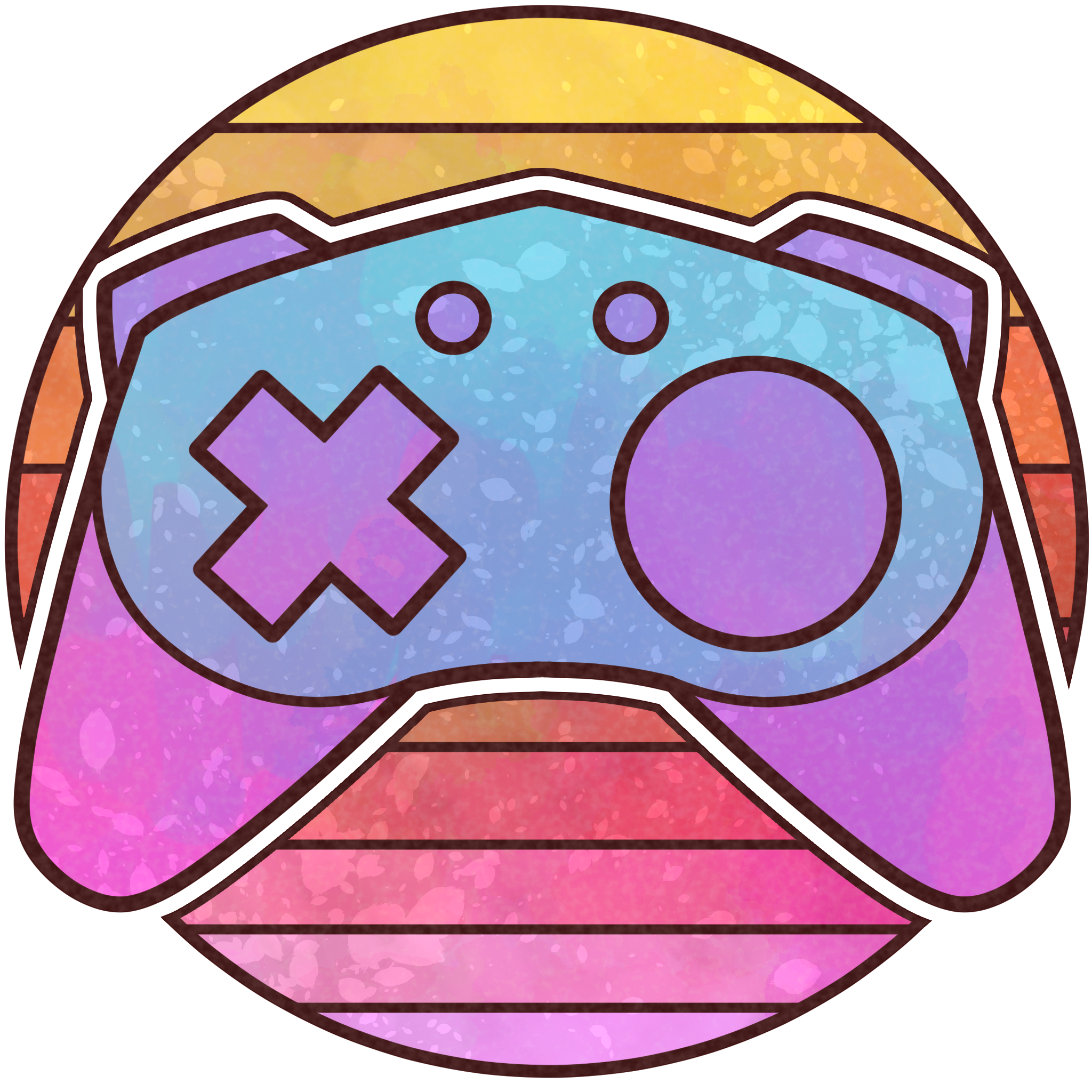Verge Rat
3 Team Members - 12 Weeks - May - July 2022
Eager to explore many aspects of game design at once, I set out to create a vertical design slice for a new game in Unity called Verge Rat.
Dusting past dizzying drops and laser-blasting your way through waves of AI enemy encounters, this futuristic twin-stick shooter features a novel upgrade system and level designs inspired by Tesla valves.
* * * * *
The Project
The upgrades system relies on the discovery of new parts to equip and power yourself with. I knew from that premise that a strictly linear level layout would not serve the system well. While still having an explicit start and end, there are small, optional "loops" in the space that give players a detour with minimal backtracking -- and reward curious players with loot!
This was inspired partially by the Tesla valve design: a valve with no moving parts that allows for fluid motion in one direction only. While it is still much easier to go in one direction over another, the level gently nudges players in the main objective's direction instead of completely restricting flow.

...Tesla Valves in My Levels?
A novel upgrade system, Verge Rat uses the player's healthbar as upgrade space. Working on a grid of squares, upgrades come in many shapes and sizes. Any space taken up by upgrades is space lost for the player's maximum health, so it becomes a decision between powerful upgrades or the ability to take more damage!
I soon found that I could communicate a lot to the player through the shape of the upgrade. A larger piece probably does more exciting stuff, whacky upgrades probably deserve a whacky shape to go with it, et cetera. A really good example is the "your projectiles take a sharp left turn" upgrade, which I made immediately apparent by the sharp-left-turn-looking shape of the upgrade. There's really no confusing that intentional-looking upgrade for something else!

Upgrades Attached to Healthbars
My first time trying AI programming, I really didn't know what i was doing. I decided that it would be a good idea to go without a navmesh or any formal means of locating itself within an environment, and opted for a more "self-driving car" approach, telling it to gather data about its surroundings (primarily the location of the player, any nearby walls and edges) and acting accordingly.
The AI structure I ended up with was interesting, but it has quite a few drawbacks that I would definitely revisit on a second attempt. For one, the "look where you're going" approach doesn't work the greatest for pathfinding, and the AI is quite jittery in moving itself -- the jitteriness works well for this project, I think, but not for most projects.
A Quick and Dirty AI

